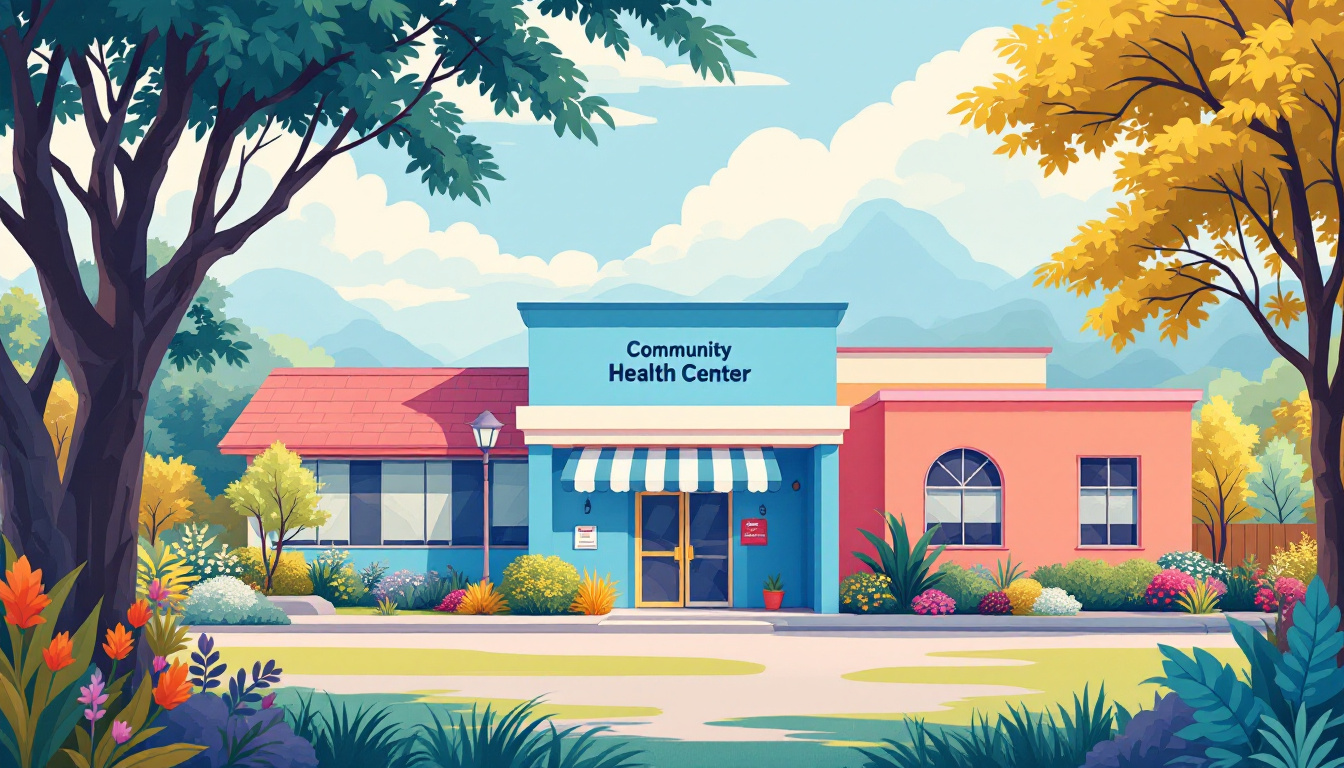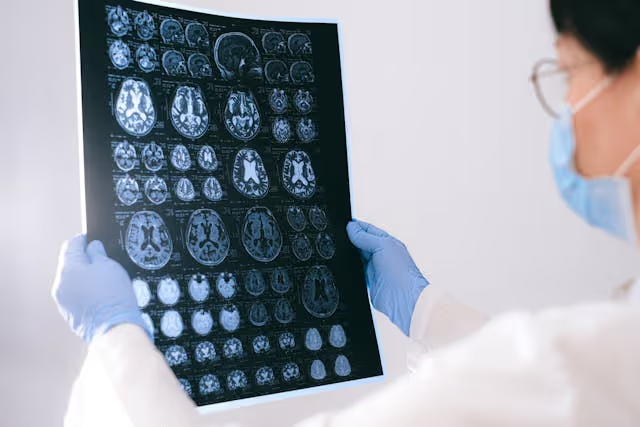How to Prepare for a Stay in a Short-Term Rehab Facility
April 24, 2025
Navigating Your Short-Term Rehab Journey with Confidence


Preparing for a Successful Short-Term Rehabilitation Stay
Embarking on a short-term rehab stay can be a crucial step toward recovery and regaining independence. Proper preparation ensures a smoother experience, maximizes therapeutic benefits, and sets the foundation for continued recovery at home. This guide details essential steps, packing tips, facility considerations, and ways to support loved ones throughout this process.
Understanding Short-Term Rehab and Setting Personal Goals
 Short-term rehabilitation centers focus on helping patients recover quickly from surgeries, injuries, or illnesses through tailored therapies and intensive support. Common therapies include physical therapy to improve movement and strength, occupational therapy to restore daily living skills, and speech therapy to address communication or swallowing difficulties. These programs aim to maximize recovery, often involving several hours of therapy each weekday.
Short-term rehabilitation centers focus on helping patients recover quickly from surgeries, injuries, or illnesses through tailored therapies and intensive support. Common therapies include physical therapy to improve movement and strength, occupational therapy to restore daily living skills, and speech therapy to address communication or swallowing difficulties. These programs aim to maximize recovery, often involving several hours of therapy each weekday.
Typically, patients stay in rehab facilities for about 9 to 10 days, although the exact length varies based on individual needs and progress. Patients usually undergo scheduled therapy sessions, usually around 3 hours per day, five days a week. The daily schedule includes therapy, rest, meals, and social activities. The rehab team monitors each patient's progress closely, adjusting treatment plans as necessary to ensure optimal recovery.
Planning for discharge begins early during your stay. The team collaborates with patients and families to set realistic goals, such as walking unaided or returning to personal independence. Discharge planning involves assessing the patient’s post-rehab needs, arranging home modifications as needed, and ensuring a smooth transition to the home environment.
Many patients use post-rehab services like outpatient therapy or home health support to continue their recovery. Proper planning, regular communication with healthcare providers, and setting achievable goals are essential for a successful transition. Ultimately, the goal of short-term rehab is to help patients regain as much function as possible, promoting independence and an improved quality of life.
Choosing the Right Facility for Your Recovery Needs
 When selecting a rehabilitation facility, it's crucial to consider various aspects to ensure it fits your specific recovery requirements. Location is a key factor; choose a facility that is accessible for family visits and convenient to your home, which can support ongoing emotional well-being.
When selecting a rehabilitation facility, it's crucial to consider various aspects to ensure it fits your specific recovery requirements. Location is a key factor; choose a facility that is accessible for family visits and convenient to your home, which can support ongoing emotional well-being.
Facility accreditation is also vital. Accredited centers, such as those reviewed by organizations like CARF, meet high standards for quality and safety. Confirm that the staff includes qualified healthcare professionals, including licensed therapists, nurses, and specialists relevant to your condition.
Amenities and social activities can influence your recovery experience. Facilities offering comfortable common spaces, outdoor areas, Wi-Fi, nutritious meals, and recreational activities can enhance mental health and motivate participation in therapies.
Insurance acceptance and cost clarity are essential. Understand what your insurance, including Medicare or Medicaid, covers, and inquire about additional costs for room, therapy, or specialty services. Visiting the facility beforehand—either in person or virtually—to evaluate cleanliness, staff interaction, and environment can help you make an informed decision.
Supporting a loved one through rehab involves more than just choosing a facility. Active communication with healthcare providers, participating in treatment planning, and helping organize home modifications for safety are important. Emotional support—like regular visits and encouragement—boosts morale. You can also assist with medication management and arranging for continuous therapy post-discharge.
Overall, thorough research, personal visits, and clear communication with the rehab team are necessary steps. They help ensure that the chosen facility provides the appropriate care environment to facilitate a smooth and successful recovery journey.
Preparing for Your Arrival and Packing Essentials

What items should I bring and what should I leave at home when going to rehab?
When preparing for a rehab stay, packing thoughtfully can make a significant difference in comfort and recovery. Bring comfortable, loose-fitting clothing suitable for physical therapy and the weather, such as athletic shoes with nonskid soles, pajamas, casual wear, and a robe. Personal hygiene items like shampoo, a hairbrush, denture care supplies, and makeup are also essential.
Assistive devices such as hearing aids, glasses, braces, walkers, or canes should be packed if needed. Don't forget to include a current list of medications, prescription plan IDs, and legal documents like a living will or advance directives.
Leisure items like photos, small cash for extras, a notepad, and a laptop can help pass the time and promote emotional well-being. Be sure to carry contact details for your primary care physician and family support.
However, leave valuables like jewelry, large sums of cash, and scented products such as perfumes and scented lotions at home for safety and comfort. It is advisable to avoid bringing electrical devices like razors or hair dryers unless approved by the facility staff.
Before packing, contact the rehab center to check for any restrictions on belongings or electronics to ensure compliance and prevent bringing unnecessary or prohibited items.
Are there checklists available to help me prepare for rehab?
Yes, using a detailed checklist can simplify the packing process and ensure nothing essential is forgotten. Most rehab facilities or healthcare providers offer comprehensive checklists that include clothing, toiletries, assistive devices, medical information, and personal items.
A typical checklist covers items needed for comfort and safety, such as weather-appropriate clothing, shoes with non-slip soles, personal hygiene products, and essential medical supplies. It also suggests important legal and insurance documents.
Preparing a checklist allows you to organize what to bring well in advance, reducing stress and helping you focus on your recovery. Personalizing your list with items that promote emotional support—like photos or favorite books—can further enhance your comfort.
Being proactive with a checklist ensures you're fully prepared for your rehab stay, minimizes forgetfulness, and makes your transition smoother.
For more detailed guidance, search for 'Rehab packing checklist, essential items, and prohibited items' online to find resources tailored for your specific needs.
Effective Discharge Planning and Home Preparation

How do I prepare my home for after rehab?
Preparing your home is essential for a safe and supportive environment that encourages ongoing recovery. Begin with a safety assessment, ideally with a physical or occupational therapist, to identify hazards like poor lighting, clutter, or unaccessible areas. Installing grab bars in bathrooms, especially near toilets and in showers, can prevent falls. Ensure stairways are well-lit, and remove tripping hazards such as rugs, electrical cords, and clutter.
Adjust furniture to support mobility and comfort, such as widening pathways and adding supportive chairs. If necessary, consider home modifications like ramps or railings to facilitate easier movement. Organize medications and medical equipment like walkers, braces, or oxygen supplies for easy access. Designate specific areas for therapy activities, medication management, and rest.
Start implementing these modifications early to create a secure environment that promotes independence and reduces the risk of injury. Proper home preparation sets the foundation for successful recovery and long-term health.
Moving Forward with Confidence in Your Recovery Journey
Proper preparation for a short-term rehab stay—from choosing the right facility and packing thoughtfully to planning your home environment—can significantly influence your recovery experience. Staying informed, actively participating in your care, and maintaining open communication with healthcare professionals and loved ones help ensure a successful transition back to independence. Remember, this is a step toward regaining your strength, health, and quality of life, and being well-prepared empowers you to face this journey with confidence.
References
- From Hospital Stay to Short Term In-Patient Rehabilitation
- Short Term Care Program Guide | Rehab Select
- What to Expect During Short Term Rehabilitation - Methodist Home
- After Hospital Care: Skilled Nursing Facilities or Short-Term Rehab
- What to Bring: A Packing Checklist for Inpatient Rehabilitation - UPMC
- Your Guide to Choosing a Short-Term Rehab Facility After a ...
- How to Choose a Short-Term Rehab & Skilled Nursing Facility































































































.jpeg)











































































































































































































.avif)























































.jpeg)

































































.jpeg)














.jpg)









































.jpeg)









































































.avif)




.avif)




























































































































































































































